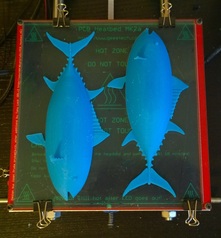 Lovely blue tuna, hot on the platter
Lovely blue tuna, hot on the platter The original file was only half of a fish and it wasn't really optimized for printing. It was also smaller than what I was after; something that you could put on a desk. I cleaned up the model, integrating what were originally discrete components into a single solid watertight model using Google SketchUp. I also learned a new trick to mirror the half fish that I had in order to make a complete fish. Using the "Flip along axis" feature in SketchUp, I was able to make an exact opposite copy of the original. I printed this using 3mm glow in the dark ABS and the results were pretty cool. Tuna really liked his fish. I have about 5 hours of re-design work and 6:32 print time. #Abstract2Actual 11:32
Thanks to ELIJAHXXL for the original design!!! My remix of this original design can be found HERE
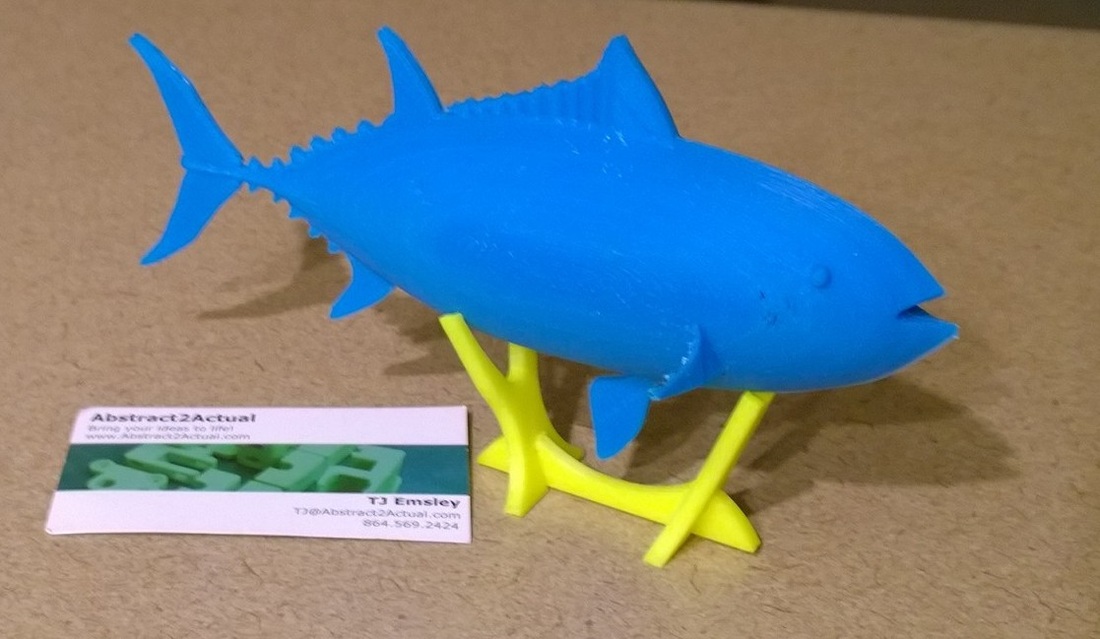
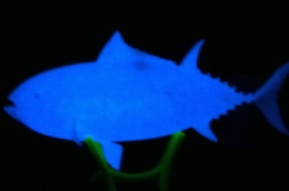
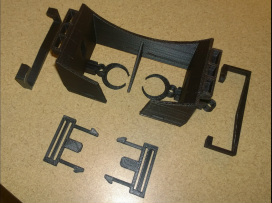
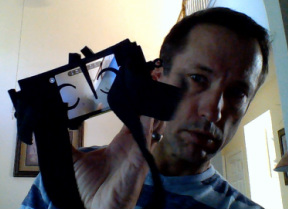
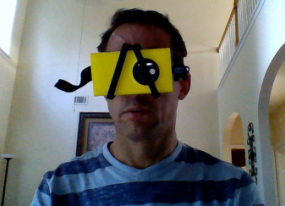
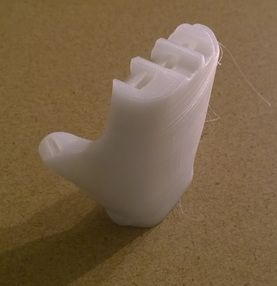
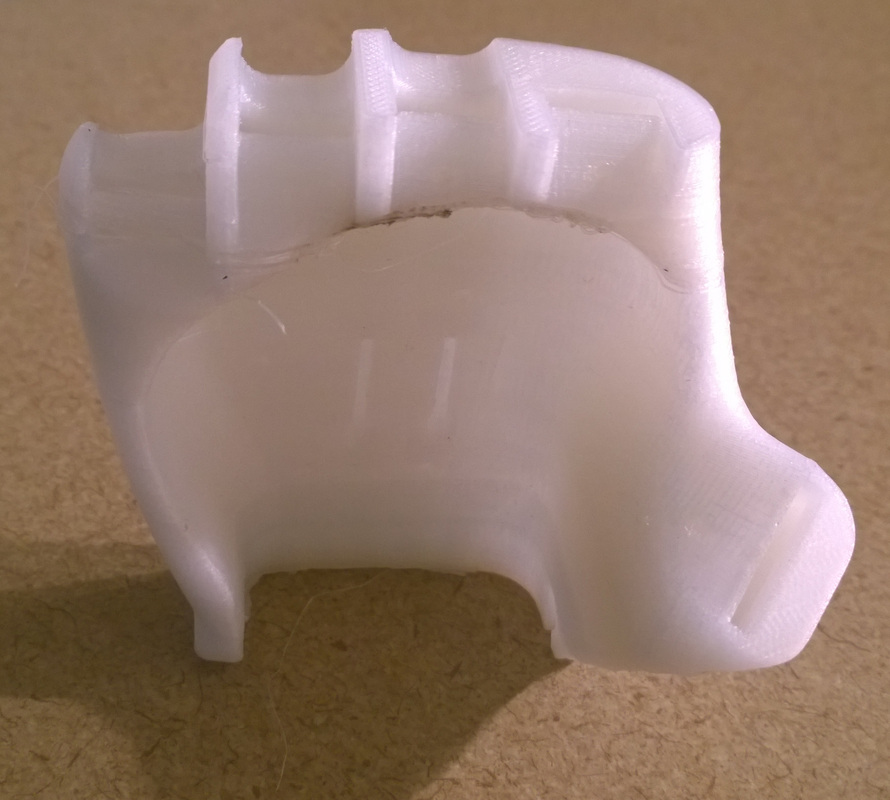
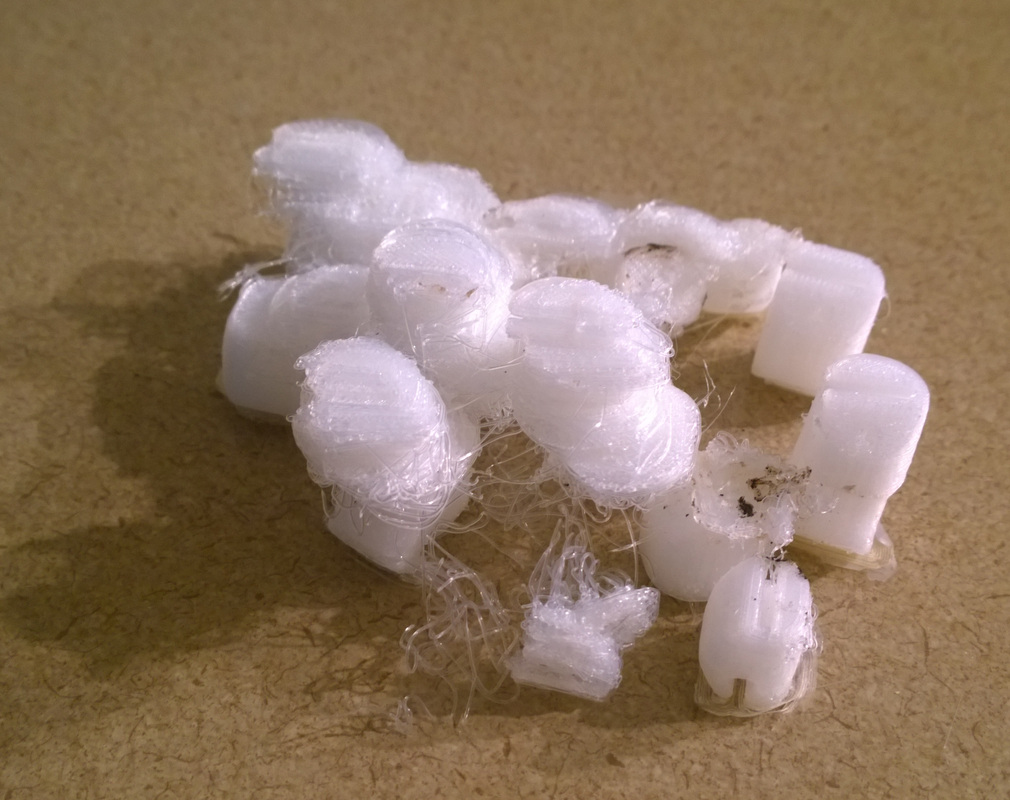
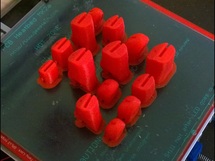
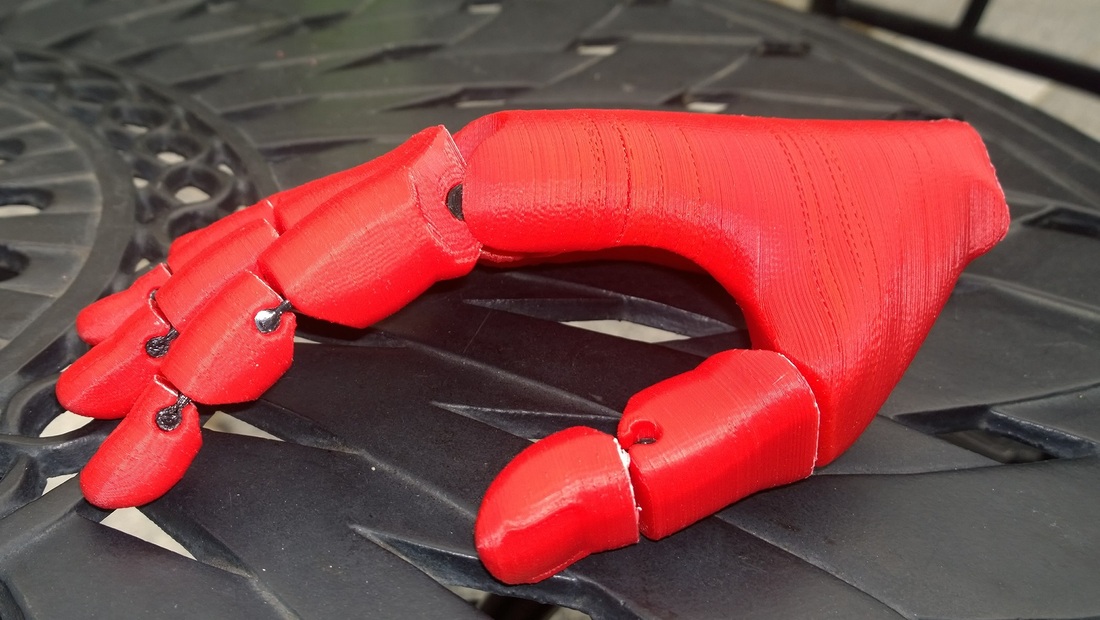
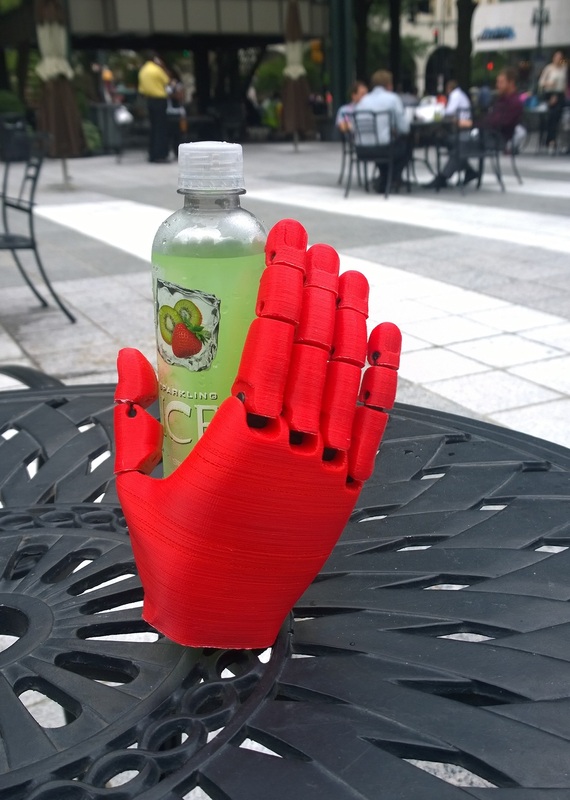
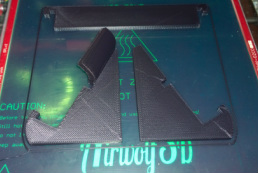
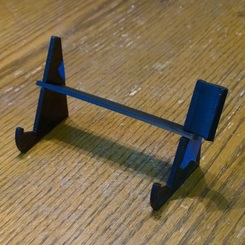
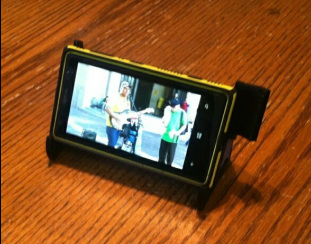
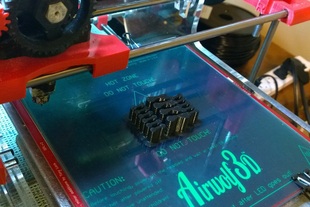
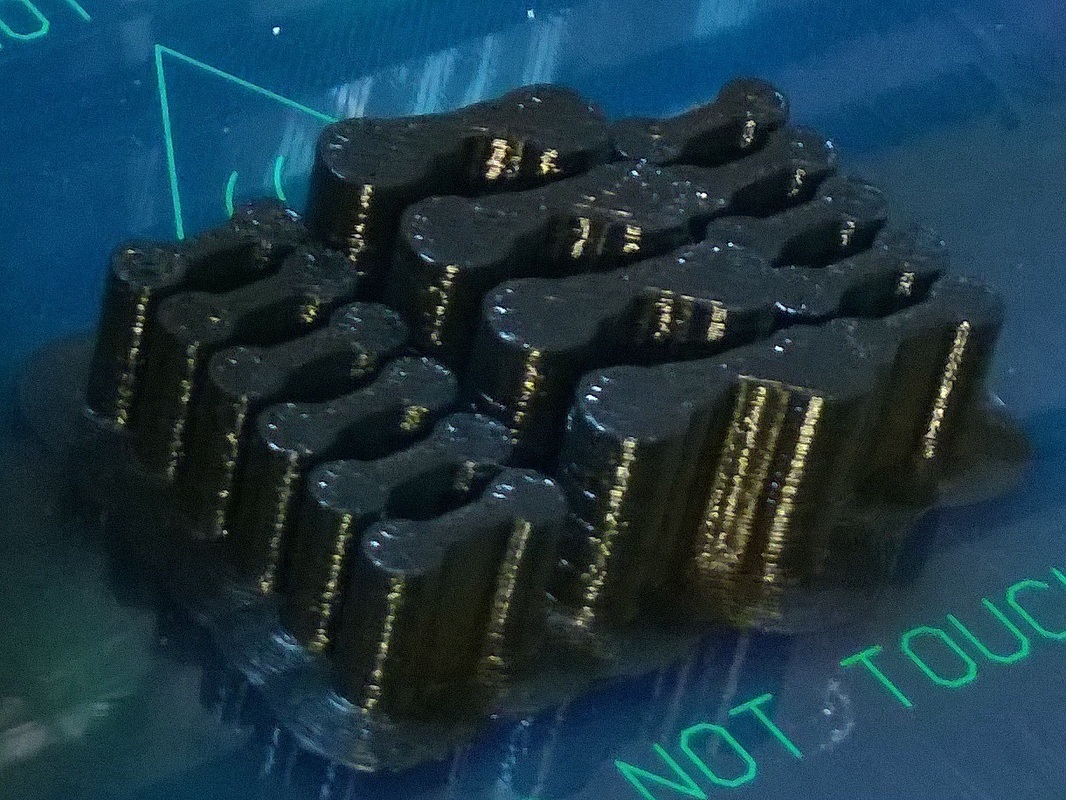
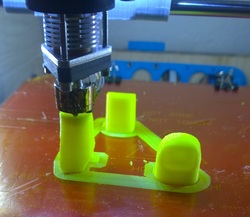
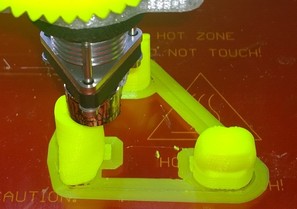
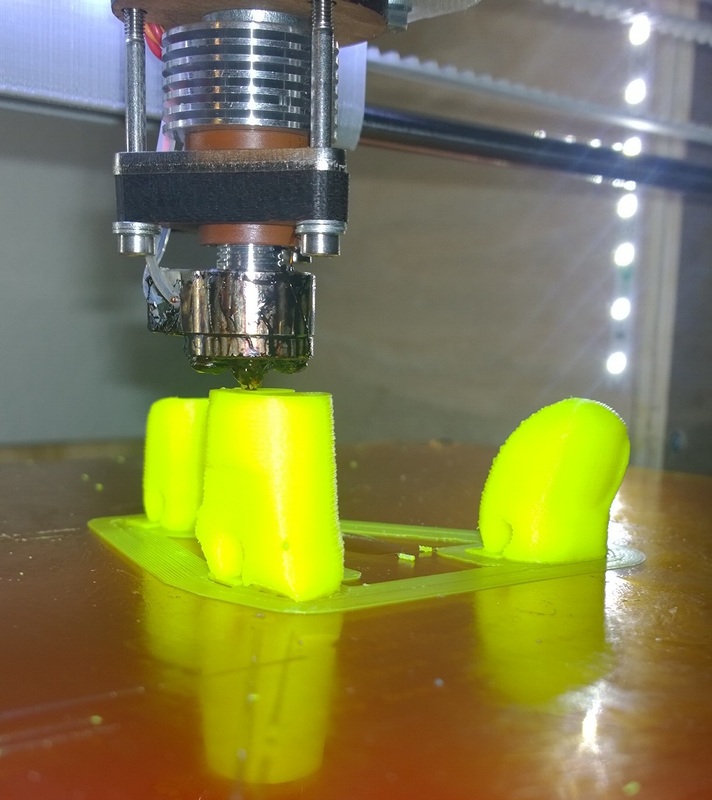
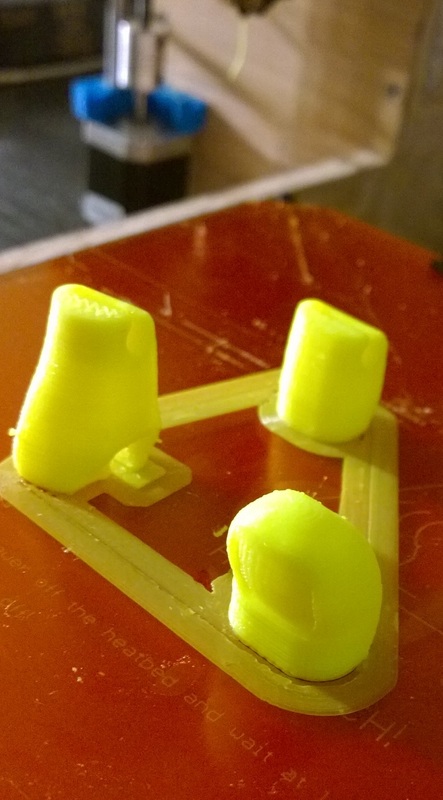
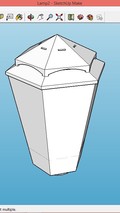
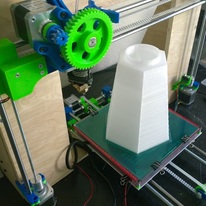
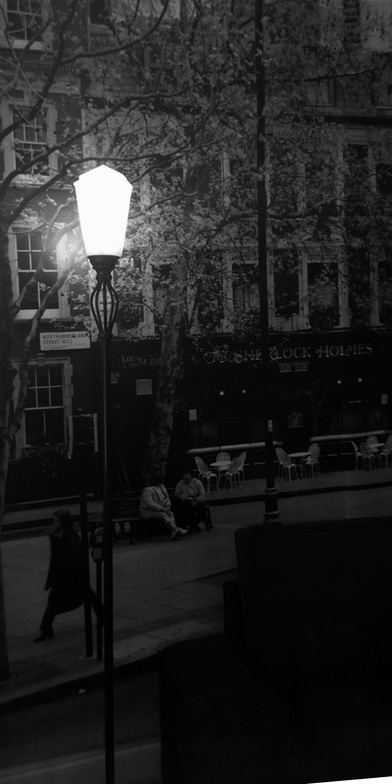
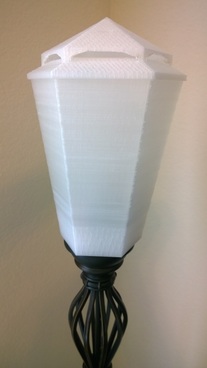
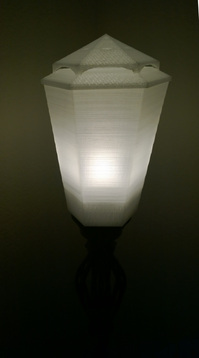

 RSS Feed
RSS Feed